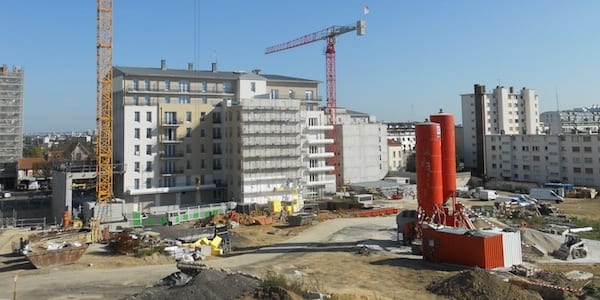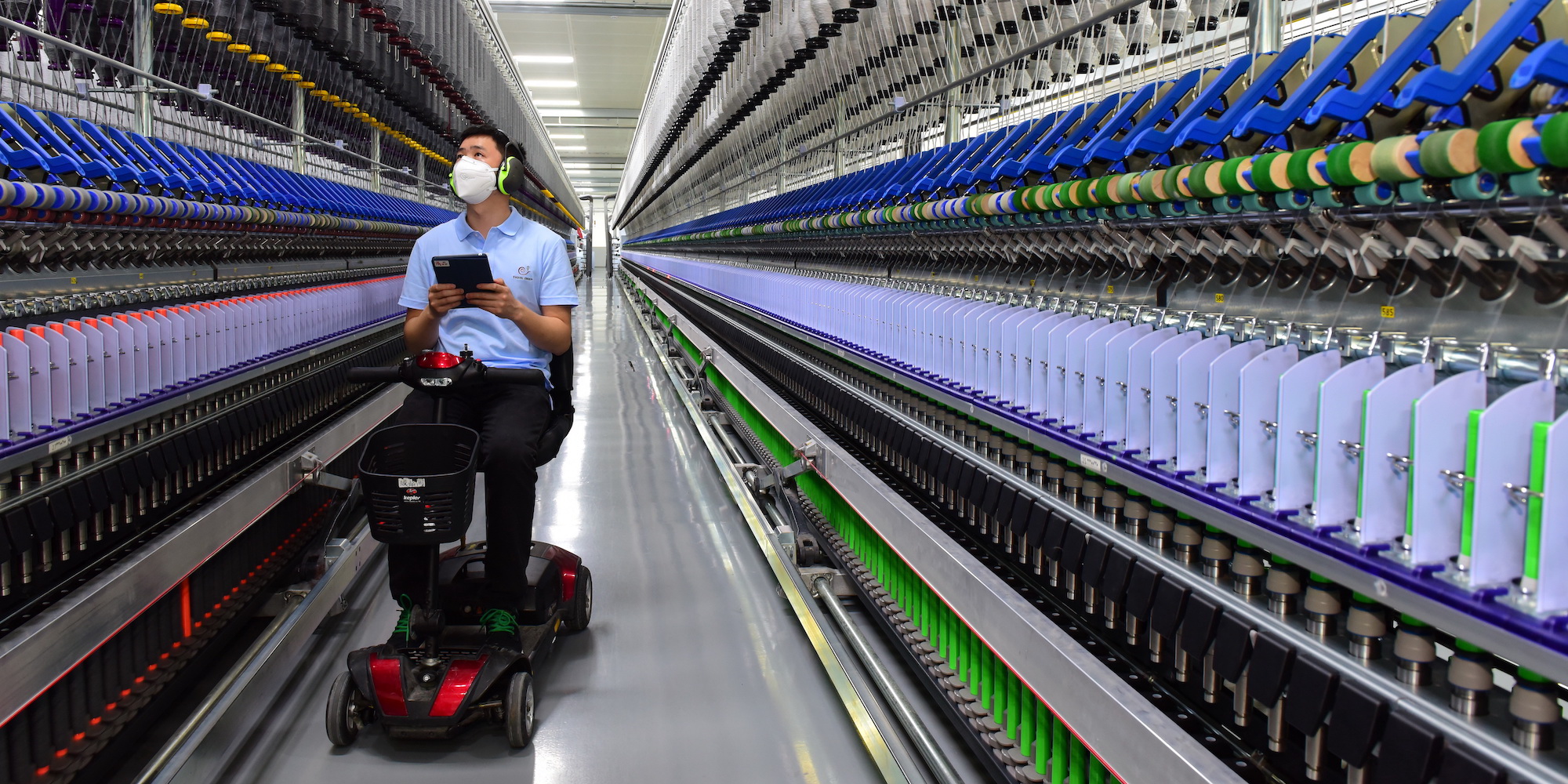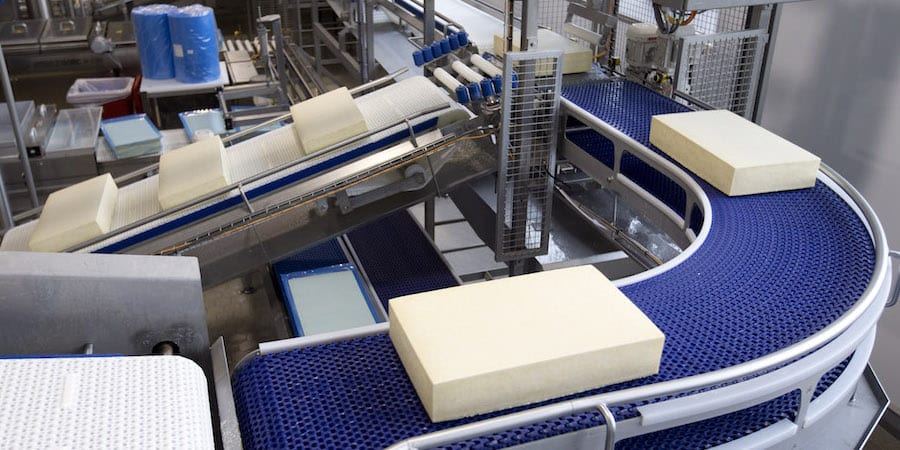
John Bouthillon on his experience with lean in construction
COLUMN - In the first of a series of columns written by CEOs, John Bouthillon of PO Construction explains how lean has kept his company afloat through the recession.
Words: John Bouthillon, CEO, PO Construction
I perfectly remember when I took on the role of CEO of my family’s construction company. It was April 1st, 2009. It was a very big day for me, but not just because of the level of responsibility I was assuming. It was a big day because it came after two years of intense reflection on whether I should have become CEO or simply replaced the soon-to-retire general manager PO Construction had relied on for so long.
A couple of years earlier, when the economic crisis began, the general manager warned me that to weather it would require more than the two-year strategy he could devise before leaving. I soon realized I would not be able to rely on anyone coming from outside the business, and in the spring of 2009 I became CEO with the aim to give my contribution to the organization my grandfather had started in 1945.
In 2007 I had come across - by chance - Jeff Liker’s The Toyota Way and read it. I found it really resonated with me. It described a way of running a company that I could imagine.
I’ve worked with a sensei ever since, convinced that lean would be the way to go for PO Construction. The focus of the company has always been on quality. We strived to differentiate ourselves from competitors by bringing major improvements to the quality of our work. Lean proved to be a great tool for this, even though throughout our journey we didn’t have a proper roadmap; instead, we tent to tackle problems as they appeared.
MISCONCEPTIONS
We used to believe quality problems originating from our own activities (for example building the concrete structure) caused us bigger losses than the activities we subcontracted (plumbing, electricity, painting, and other trades).
As it turned out, we were indeed losing money as a result of our own activities, but that loss was nothing compared to those we suffered whenever a supplier underperformed or went bankrupt. Even though this didn’t happen very frequently at first, when it did the damage could amount to the entire margin of a project.
As the financial crisis picked up pace, this problem got increasingly pressing. From 2008 to 2010, two to three suppliers would go bankrupt every year, resulting in delays on the site of up to two months and as much as a 1% loss of turnover of the full project. It became clear to everybody that we were losing much more through other companies’ work than we did through our own.
And things were getting worse too: both in 2011 and in 2012, eight of our sub-contractors went bankrupt. In 2013, the number went up to 13, and I bet this year it’ll be even higher.
Small organizations disappear very quickly when they experience financial problems. We would normally discover they were dead when the body was cold. In a bid to learn about their struggles earlier and manage our risks more effectively, we started communicating with them more and learned ways to understand if they were doing well or not.
For example, we learned that if they bought all the materials they needed at the beginning of the month and then nothing until the month after, they were probably doing pretty badly. The same goes for when workers got paid days after they were supposed to.
More than anything, we realized that we had to help our suppliers to earn money from our sites. They need it as much as we do. For us this was a completely new concept.
Quality and timeliness became our guiding principles, and this is where lean came into the picture.
First of all, we asked our suppliers to work on one apartment at a time. We started to give them each apartment fully cleaned by the previous trade, so they could work in the best environment possible and avoid any delays or rework. And we started to ask them to do the same for whoever comes next, spreading the idea that their client is the next trade coming in.
We began to level the work. With one apartment at a time, work got predictable: if we complete a flat each day, we know that in five days we’ll have five flats and we won’t need to call in extra manpower.
We also encourage the same team to take on an entire job, from beginning to end. This takt time may be a little slower, but it’s definitely preferable to having one team in three days in a row, then none for three days, than two for one day, and so on. We’d rather keep the same team for the duration of a project, which allows us to work at a slower but more reliable pace and to develop relationships with workers.
A COMMON LANGUAGE
From day one of each new project we work on the so-called “first intervention sheet”. This document carries three boxes:
- The first box contains site rules (not specific to any trade) and information on where to eat, where to change, where to store materials, health and safety, and so on.
- The second box, which is specific to trades, describes what we expect in terms of quality (for example, how a flooring board must be dusted before it’s painted on) – if problems arise, workers are encouraged to come see us. Before the day ends we go through everybody’s checklist.
- The third box is used to deal with specific problems that may appear by means of a short action plan, on which we work again and again until the problems is taken care of. The idea is to build mutual trust through a common effort: teams of each specific trade work with us, not for us.
This way, when the architect comes on site he can be quickly brought through the current state of the project. Problems are dealt with sooner than the end of the project, when all the apartments have been completed and rework is at its most costly.
PROSPECTS
At PO Construction we are aware of the changes the industry is going through and have chosen quality as our way to face the future head on. We were also lucky to have started with lean early on: it’s what’s keeping us afloat now.
In the next couple of years, things will remain very difficult for companies in our sector. I fear many more will disappear before a new balance is restored.
I think there are two ways out of the recession: one upward, one downward; one lean, one not so much. Construction companies can either focus on offering more quality and professionalism to their customers (and there is a lot that lean can do to help them to do that), or choose a low-cost approach to their work. For some, the latter may even be the only way out.
THE AUTHOR

Read more


FEATURE – As Italy rolls out its vaccination campaign, the author reflects on what he recently observed at a vaccination hub in the Veneto region and discusses how the process could be made leaner.


FEATURE – Sometimes you just need to get creative: as part of its flexible manufacturing model, Esquel introduced a new role on its shop floor – the “mangineer”.


INTERVIEW – One of the world's largest dairy cooperatives, FrieslandCampina, has embarked on an ambitious global lean journey. Along the way, they found how critical leadership engagement is.


NOTES FROM THE GEMBA – At GHU Paris, leadership pairs strategy with gemba visits, 5C problem-solving, and cross-functional learning to create a resilient, people-centered improvement culture in psychiatric care.

